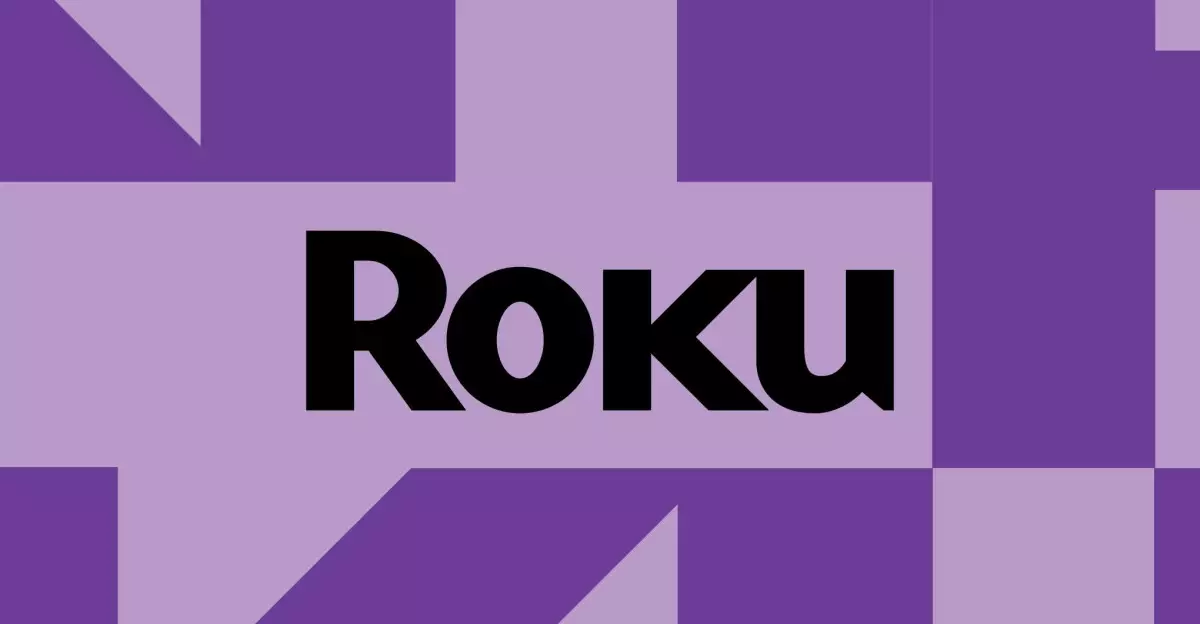In recent weeks, users of Roku devices have been vocal about a significant concern that has led to a less-than-satisfactory streaming experience. Following a software update from Roku, reports have surfaced regarding washed-out colors and compromised image quality, particularly when streaming HDR content from platforms like Disney Plus. While this concern may appear to be a minor glitch for some, it signifies a broader issue that affects the user experience and the reliability of Roku as a streaming platform.
The User Reports
The discussion surrounding this issue has gained momentum on Roku’s issue tracking board, where countless users have shared their observations and frustrations. Initially, complaints centered around the Disney Plus app, predominantly amongst users of TCL TVs. Descriptions of muted colors, contrasted with the expectation of vibrant HDR imagery, evoked a palpable sense of disappointment. The community’s outcry drew attention to fault lines in the update, prompting a response from Roku’s community moderator, who acknowledged the validity of the complaints and urged users to contribute their experiences with detailed comments.
However, as users began to interact and share their findings, it became evident that this washed-out color problem was not restricted to just one streaming service or brand. Outrageously, many found that even popular platforms like Netflix, Amazon Prime Video, and YouTube TV fell prey to similar flaws. This broadening of reports raises questions about Roku’s quality control and oversight when rolling out software updates—an aspect critical for maintaining user trust and satisfaction.
The Technical Analysis
The core of the issue seems to stem from a software change in Roku version 14.5, which has resulted in a substantial degradation of the HDR image quality. Ironically, HDR (High Dynamic Range) is designed to enhance color richness and luminance, transforming the viewing experience into one that reflects a more lifelike image. Yet the situation reported by users resembles something closer to a monochrome film, diminishing the technology’s purpose completely.
Interestingly, observations indicate that this color issue might not be linked to deeper firmware faults within the televisions themselves but is, instead, an isolated incident tied to Roku’s streaming capabilities. Users have noted that when connecting external devices like gaming consoles or Blu-Ray players through HDMI, the HDR output remains vibrant and true to form. This juxtaposition suggests that Roku’s software update has, in essence, limited the capacity of its own system to deliver the high-quality image that consumers expect and deserve.
The Implications for Roku’s Reputation
Roku has distinguished itself as a major player in the streaming market, often celebrated for its user-friendly interface and compatibility with all major platforms. However, incidents like this threaten to undermine that reputation. The expectations tied to HDR streaming are high; users invest not only money into their devices but also emotional energy into the viewing experiences they seek. Consequently, failure to resolve this issue expediently may result in a loss of user loyalty, encouraging unhappy customers to pivot toward competitors who can deliver on the promise of quality.
Furthermore, the broad spectrum of reports—from multiple brands and apps—indicates a potential systemic flaw that may require more than just patchwork solutions. If Roku fails to communicate effectively with its user base and address these issues, it risks being viewed as a company that does not prioritize the experience of its customers. It is imperative for Roku to act decisively and establish new trust amongst its community, or risk becoming an afterthought in the fast-evolving streaming landscape.
Looking Ahead
As users await resolution from Roku, the conversation surrounding this burgeoning issue becomes more critical. Product transparency and responsiveness can win back consumer trust, but if mishaps like this become a trend, loyalty may waver. The potential loss of subscribers during an age where competition among streaming services has never been fiercer should alarm any stakeholder monitoring Roku’s trajectory. For users who expect nothing less than vibrant colors and deep contrast when streaming, the aftermath of this software update serves as a crucial reminder of the fragility of trust in the tech industry.

